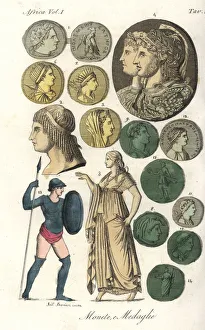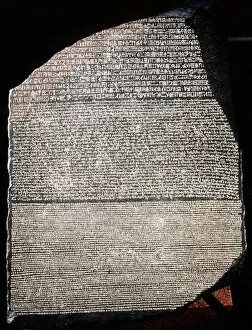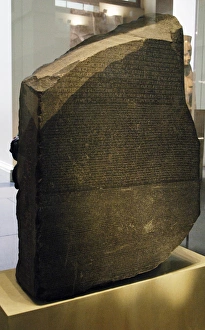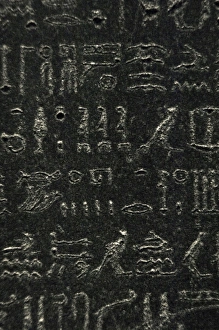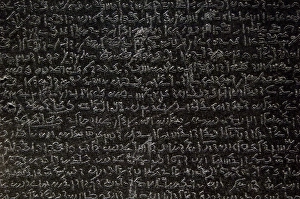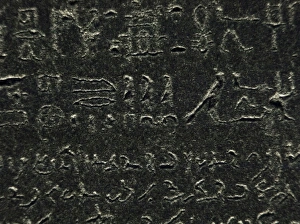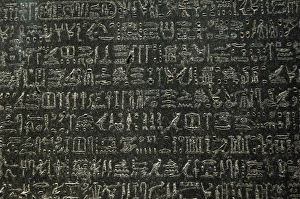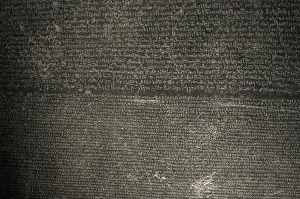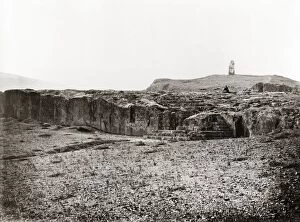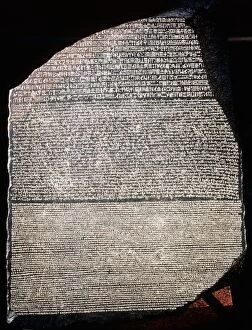Epiphanes Collection
"Unraveling Ancient Mysteries
All Professionally Made to Order for Quick Shipping
"Unraveling Ancient Mysteries: Epiphanes and the Rosetta Stone" Step back in time with a captivating glimpse into ancient Egypt's rich history through the enigmatic figure of Epiphanes. At the heart of this tale lies a remarkable artifact known as the Rosetta Stone, an archaeological marvel that unlocked secrets hidden for centuries. Dating back to 196 BC during the Ptolemaic Period, this stone became a pivotal key to deciphering hieroglyphic scripture. With its inscriptions in three different languages - Greek, demotic, and hieroglyphics - it provided scholars with invaluable clues about Egyptian culture and language. Imagine standing before this monumental relic, tracing your fingers over its weathered surface adorned with intricate carvings. The stone holds within it stories of power and conquest, depicting scenes like "Fall of Antiochus From His Chariot, " showcasing epic battles fought by kings long gone. Epiphanes himself takes center stage on this journey through time. As king from 175-164 BC, he ruled from his majestic throne while intently listening to his subjects' pleas. Coins and medals minted during his reign offer glimpses into his legacy as they bear witness to an era marked by opulence and grandeur. The Rosetta Stone stands not only as a testament to Epiphanes' rule but also as a bridge connecting us to an ancient civilization shrouded in mystery. Its discovery sparked renewed interest in Egyptology worldwide, inspiring generations of scholars who tirelessly worked towards unraveling its secrets. Today, we stand humbled by those who dedicated their lives to decoding these ancient texts etched upon the Rosetta Stone's surface. Their efforts have allowed us access into a world once lost but now found again – where hieroglyphical scripture intertwines with demotic and Greek writings.

